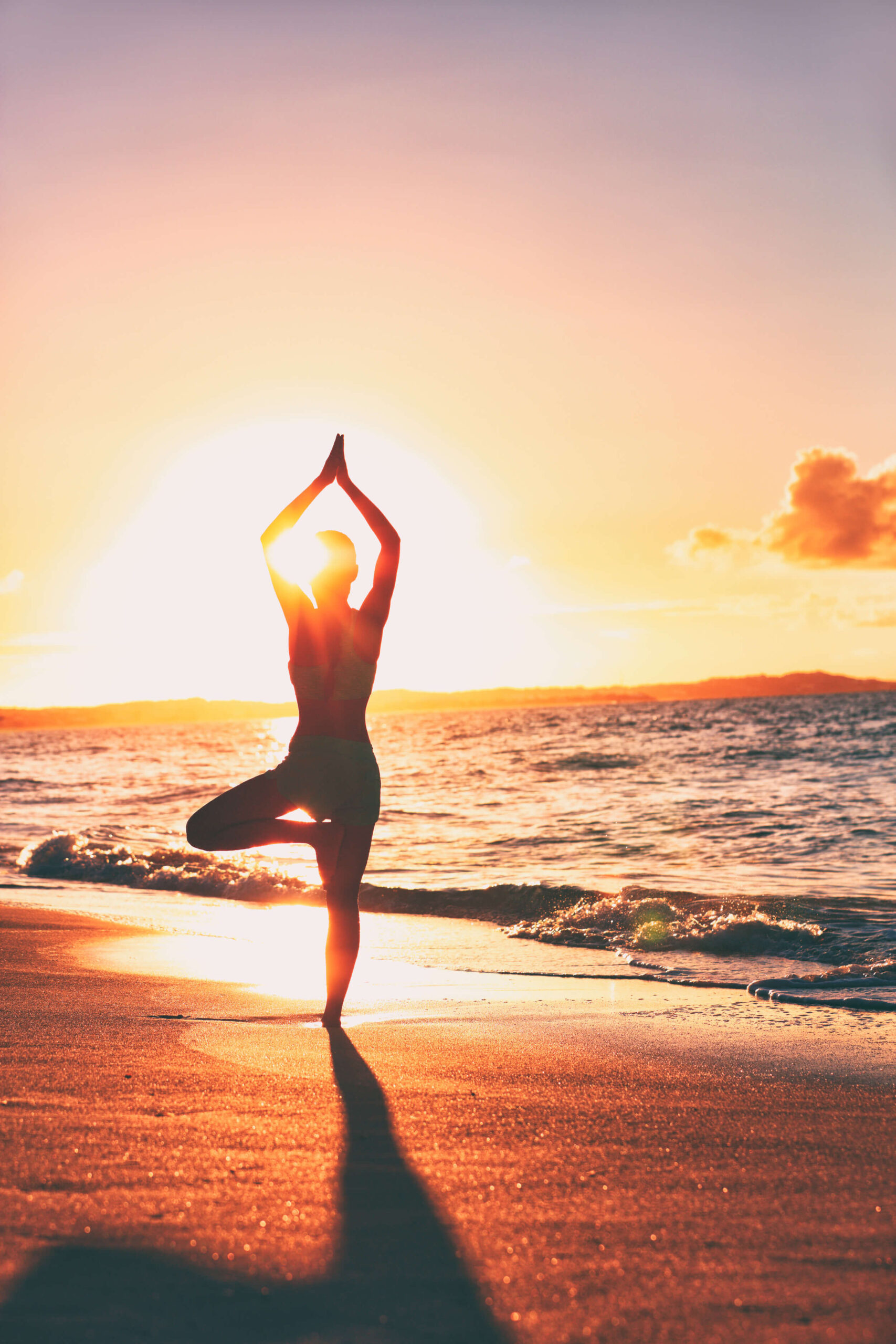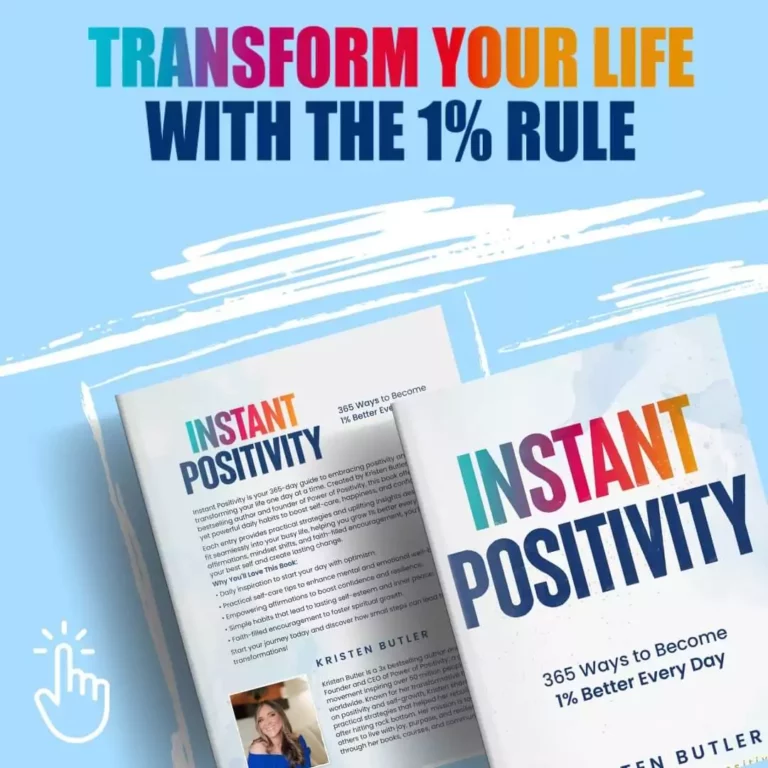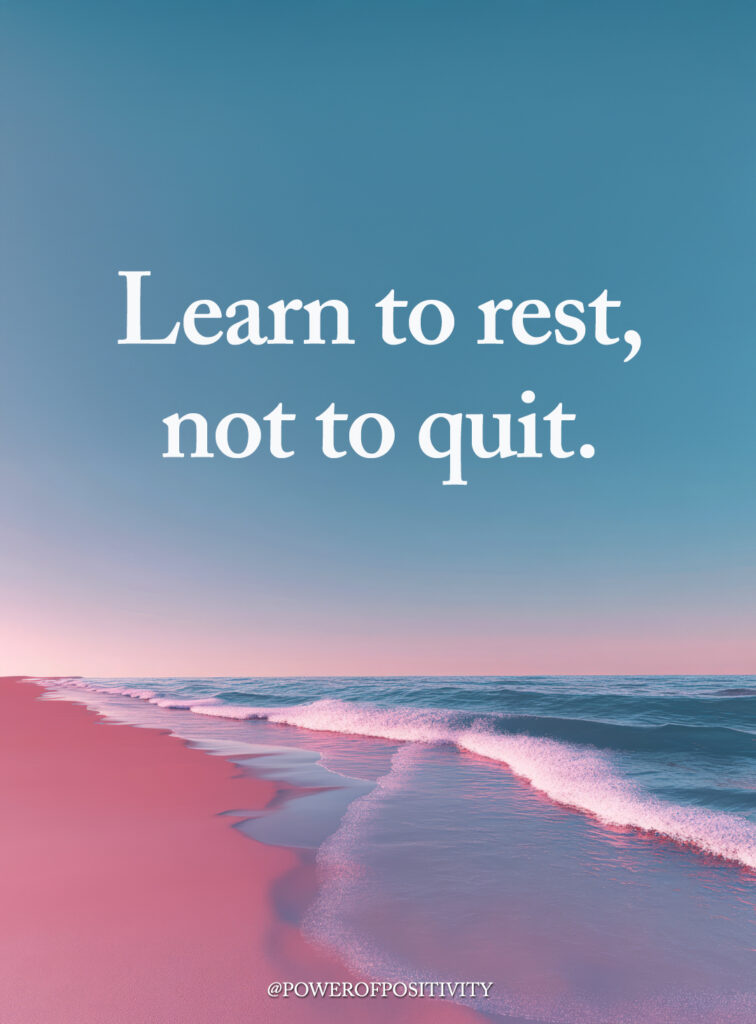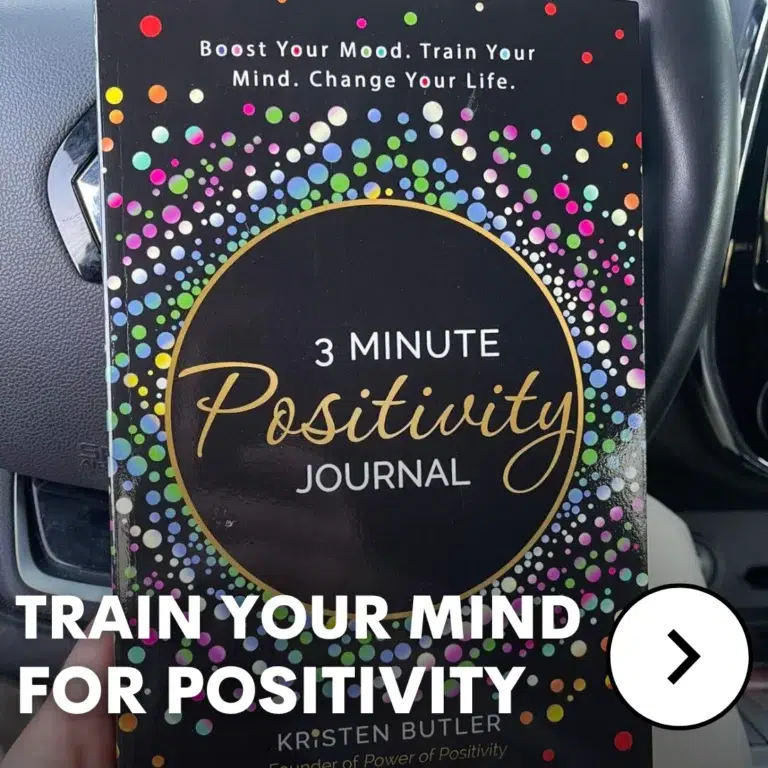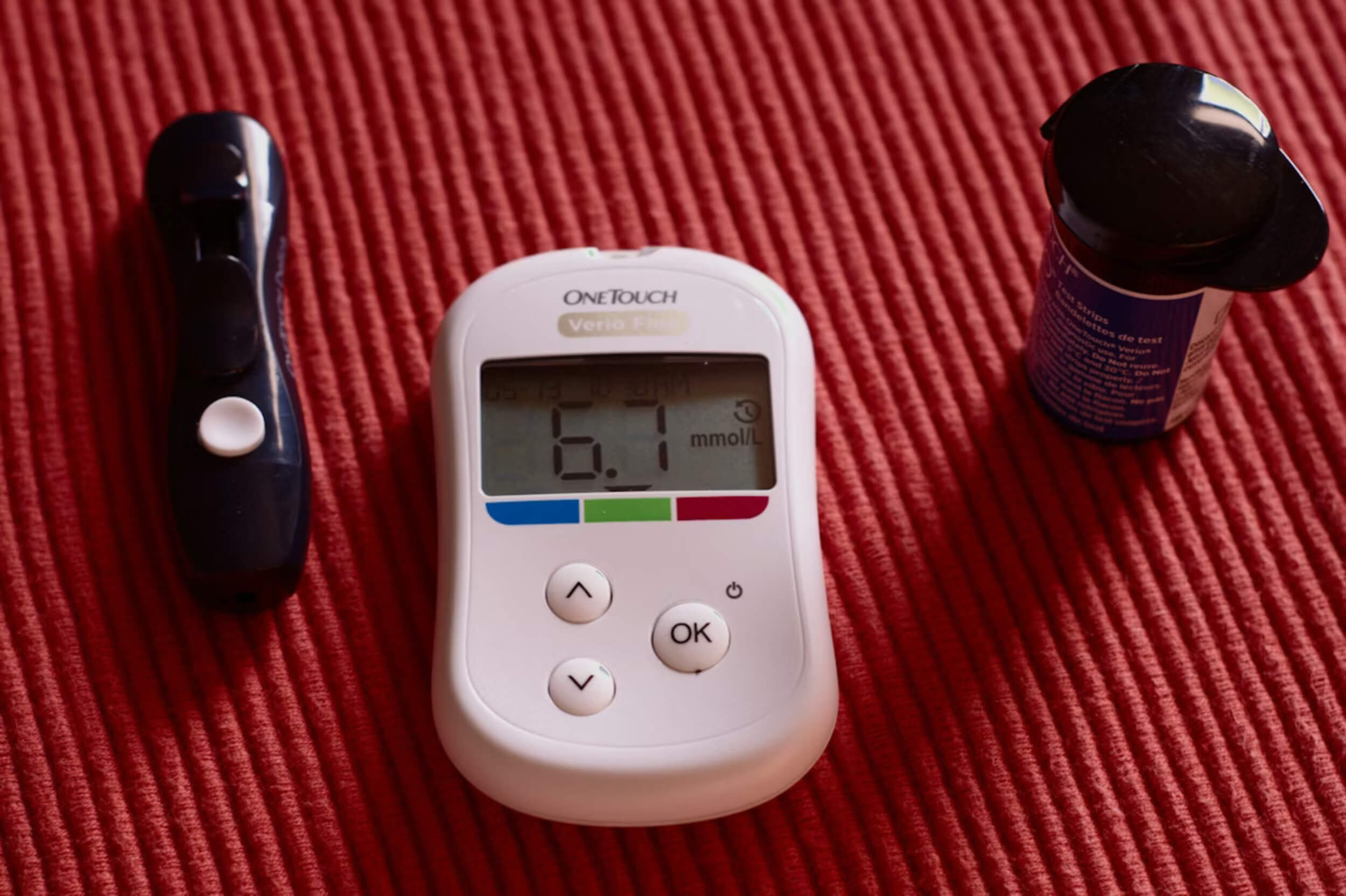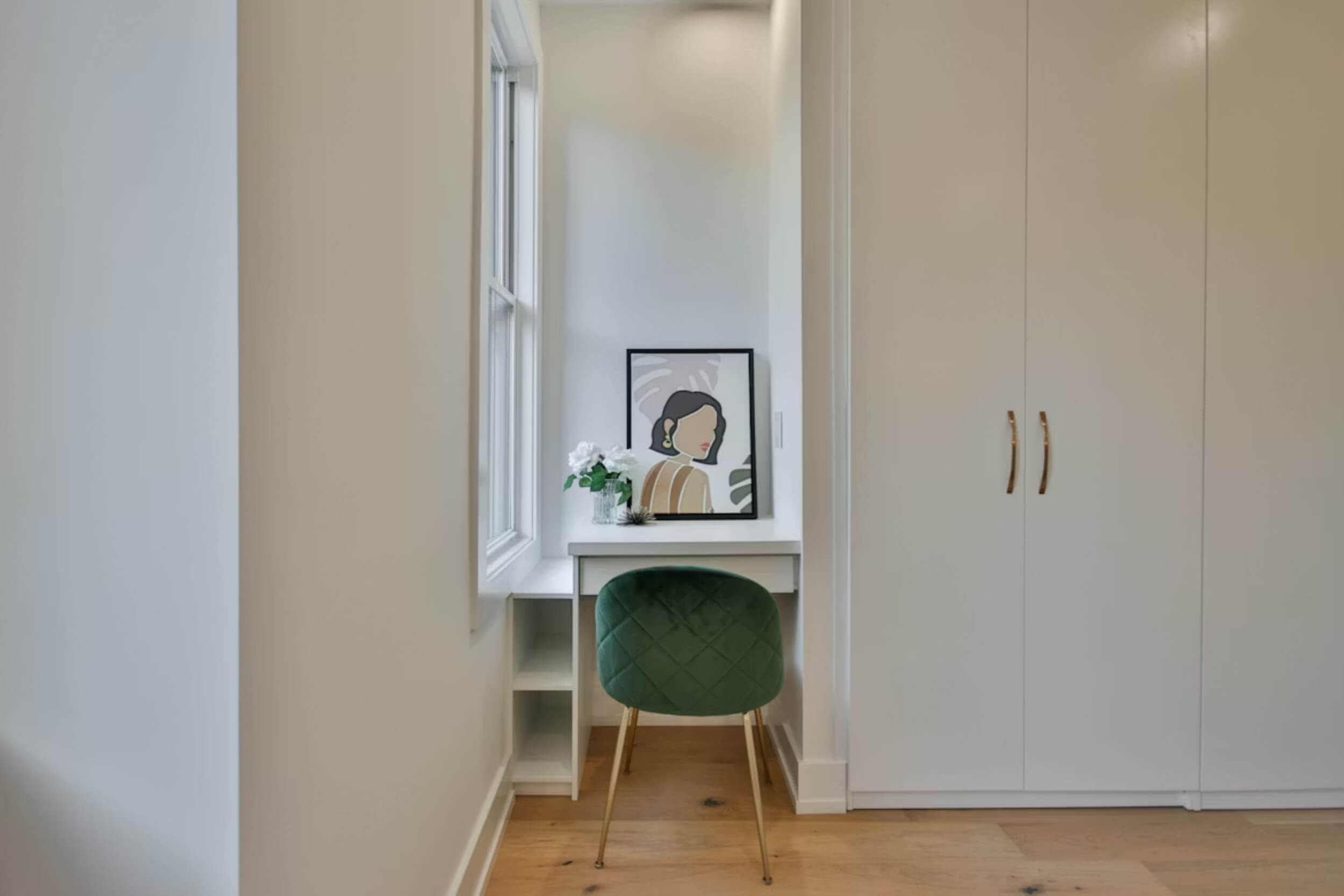Most people feel like there aren’t enough hours in the day. Between work, family, and everything else, squeezing in a workout can seem impossible. Exercise is often the first thing to get cut when schedules are packed, but that’s also when the body needs it most.
Yoga for busy people works because it doesn’t take a gym, fancy clothes, or a full hour to feel the benefits. A few stretches on the living room floor, in your office, or even beside your bed can ease tension and refresh energy in just minutes. No equipment, no complicated moves — just simple ways to give the body a reset.
This guide brings together quick stretches that fit into any day. Each one is easy to follow, short on time, and designed to work even in the busiest routine. A few minutes of yoga can go a long way.
The Hidden Impact of Sitting and Stress
Long hours at a desk or in traffic add up quickly. Most busy people spend the majority of the day sitting, whether it’s in front of a computer or on the commute. That kind of routine builds tension in the body without us even noticing.
Common problems include:
- Stiff hips from being in the same seated position
- Tight shoulders from hunching toward a screen
- Back tension that lingers well after work hours
- Reduced flexibility that makes daily movement harder
Yoga for busy people provides a simple way to undo that damage. Even a few minutes of stretching can loosen the hips, lengthen the spine, and ease the shoulders. Short breaks are enough to boost circulation and bring back energy when the day feels draining.
The mental side is just as important. Yoga for busy people also helps calm stress, improve focus, and bring clarity. Quick stretches are more than just exercise — they’re a reset button for both body and mind.
Quick Guidelines Before You Begin
Getting started with yoga for busy people doesn’t take much. A few simple tips make the routine safer and more effective:
- Wear something comfortable. No need for special gear — just clothes you can move in.
- Take it slow. Pay attention to breathing while moving in and out of each stretch.
- Hold each stretch. Aim for 20–30 seconds, or longer if there’s extra time.
- Avoid pain. The goal is relief, not strain. Stop or ease up if something feels wrong.
Yoga for busy people works best when it feels doable. Following these basics ensures stretches can fit into any part of the day without adding stress or pressure.
Stretches You Can Do in 5 Minutes
These simple moves take only minutes, but each one helps release tension and keeps your body moving well through a busy day.
1. Standing Forward Fold – Release Tension in Minutes
One of the easiest ways to reset after sitting too long is the forward fold. It stretches the hamstrings, lengthens the spine, and helps open the shoulders.
How to do it:
- Stand with your feet hip-width apart.
- Bend forward slowly from the hips, not the back.
- Let your arms hang down and relax your head.
- Keep a small bend in the knees if your legs feel tight.
- Stay in this position for 20–30 seconds.
Why it works:
- Relieves pressure in the lower back.
- Helps calm the mind with gentle blood flow to the head.
- Eases stiffness from sitting at a desk.
This simple move takes less than a minute and can be done anywhere, even in an office or at home before bed.
2. Cat-Cow Flow – Wake Up the Spine
Back pain is common for anyone stuck at a desk. The cat-cow flow brings life back into the spine while warming up the core.
How to do it:
- Get on all fours with hands under shoulders and knees under hips.
- Inhale, arch your back, lift your head and tailbone (cow).
- Exhale, round your back, tuck chin toward chest (cat).
- Move slowly between these two positions for 5–6 breaths.
Why it works:
- Improves flexibility and mobility in the spine.
- Gently stretches the neck, shoulders, and abdomen.
- Reduces stiffness built up from sitting.
This stretch is especially helpful in the morning or during an afternoon slump. It only takes a minute and can make a huge difference in how loose the body feels.
3. Seated Spinal Twist – Undo Desk Posture
Twisting stretches are a powerful way to reset after long hours of sitting. They target the spine, shoulders, and obliques while also giving digestion a boost.
How to do it:
- Sit on the floor with both legs stretched out.
- Cross your right foot over your left thigh so it rests near the knee.
- Place your right hand behind you for support.
- Put your left elbow on the outside of your right knee.
- Gently twist to the right and hold. Switch sides.
Why it works:
- Releases tightness in the back.
- Improves spinal mobility.
- Encourages better posture by opening the chest.
It’s quick, effective, and can be done right at your desk if you sit tall in your chair. A seated twist helps you feel lighter and more relaxed after long sitting spells.
4. Chest Opener in Doorway – Combat Hunched Shoulders
Hours at a computer often pull the shoulders forward, leading to poor posture. This chest-opening stretch helps undo that tension.
How to do it:
- Stand in an open doorway.
- Place both forearms on the sides of the frame.
- Step one foot forward slowly until you feel a stretch in the chest.
- Hold for 20–30 seconds.
- Repeat with the other foot forward.
Why it works:
- Loosens tight chest and shoulders.
- Improves breathing by opening the chest.
- Helps prevent the rounded posture common with sitting.
This stretch is especially good for anyone who spends most of the day typing or looking at screens. A quick doorway chest opener can instantly make the body feel taller and more relaxed.
5. Hip-Opening Lunge – Free Tight Hips
Sitting keeps the hip flexors locked in one position for hours. A low lunge opens this area and restores balance to the lower body.
How to do it:
- Step your right foot forward into a lunge.
- Lower your left knee to the floor.
- Keep your torso tall and shoulders relaxed.
- Shift hips forward until you feel a stretch in the front of your left thigh.
- Hold, then switch sides.
Why it works:
- Releases tight hips.
- Supports healthy posture and walking movement.
- Reduces lower back strain from prolonged sitting.
It’s a quick way to relieve the “locked” feeling in the hips after long hours at a desk. Even a short hold on each side can bring back flexibility.
6. Standing Side Stretch – Refresh Energy Flow
This gentle side bend is a great way to recharge when the body feels sluggish. It stretches the obliques, spine, and shoulders.
How to do it:
- Stand tall with feet together.
- Clasp your hands overhead.
- Lean slowly to the right, keeping both feet grounded.
- Hold, then return to center and switch sides.
Why it works:
- Lengthens the spine.
- Improves balance and posture.
- Refreshes energy by opening the sides of the body.
It’s quick, simple, and can be done anywhere. A few side stretches help wake up the body when energy dips.
How to Fit These Stretches into a Busy Schedule
Short breaks matter more than long sessions. Instead of waiting for a free hour, add yoga into the moments you already have:
- Morning start: Spend 3–5 minutes with cat-cow and a forward fold to wake up gently.
- Midday reset: Choose two stretches like the doorway chest opener and hip-opening lunge to break up sitting.
- Evening wind-down: Use the forward fold and seated twist to release tension before bed.
Consistency is more powerful than time. Even a few minutes daily helps reduce stiffness, improve focus, and support long-term health. Yoga for busy people is about making movement part of the day, not an extra chore.
Extra Tips for Staying Consistent
Making stretching a habit is easier when it feels natural. Small reminders can help keep you on track:
- Leave a mat out where you’ll see it.
- Pair stretches with daily habits like coffee breaks or after a meeting.
- Use short videos or apps for quick guidance when motivation dips.
Yoga for busy people doesn’t require perfection — only consistency. The more often you sneak in a few minutes, the more natural it becomes.
Final Thoughts on Making Yoga Work for You
Five minutes may not sound like much, but it’s enough to release stiffness, ease stress, and bring fresh energy back into the day. Small choices add up, and stretching is one of the simplest ways to care for your body without rearranging your schedule.
Yoga doesn’t demand long sessions or perfect form. What matters is finding moments to move — between tasks, after work, or first thing in the morning. A few stretches here and there are easier to stick with than waiting for big blocks of time.
Start with one or two of these moves today. Over time, they’ll become part of your daily rhythm, making your body feel lighter and your mind clearer.



